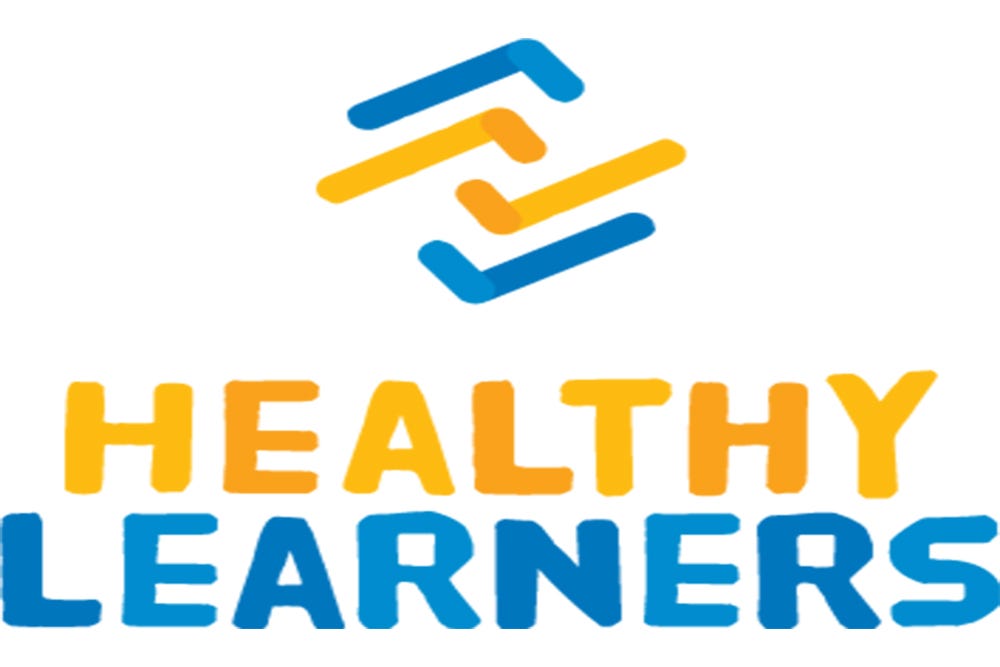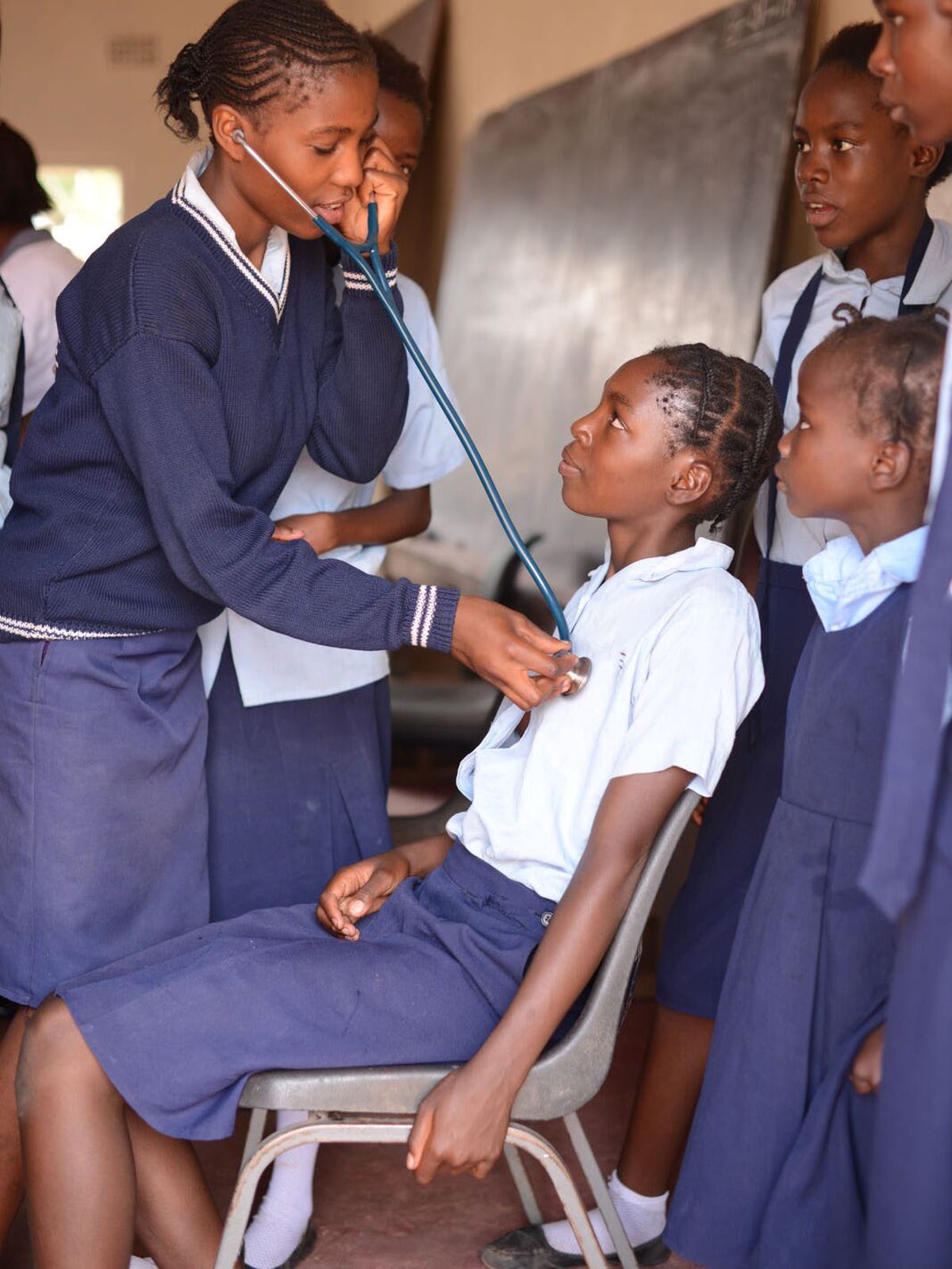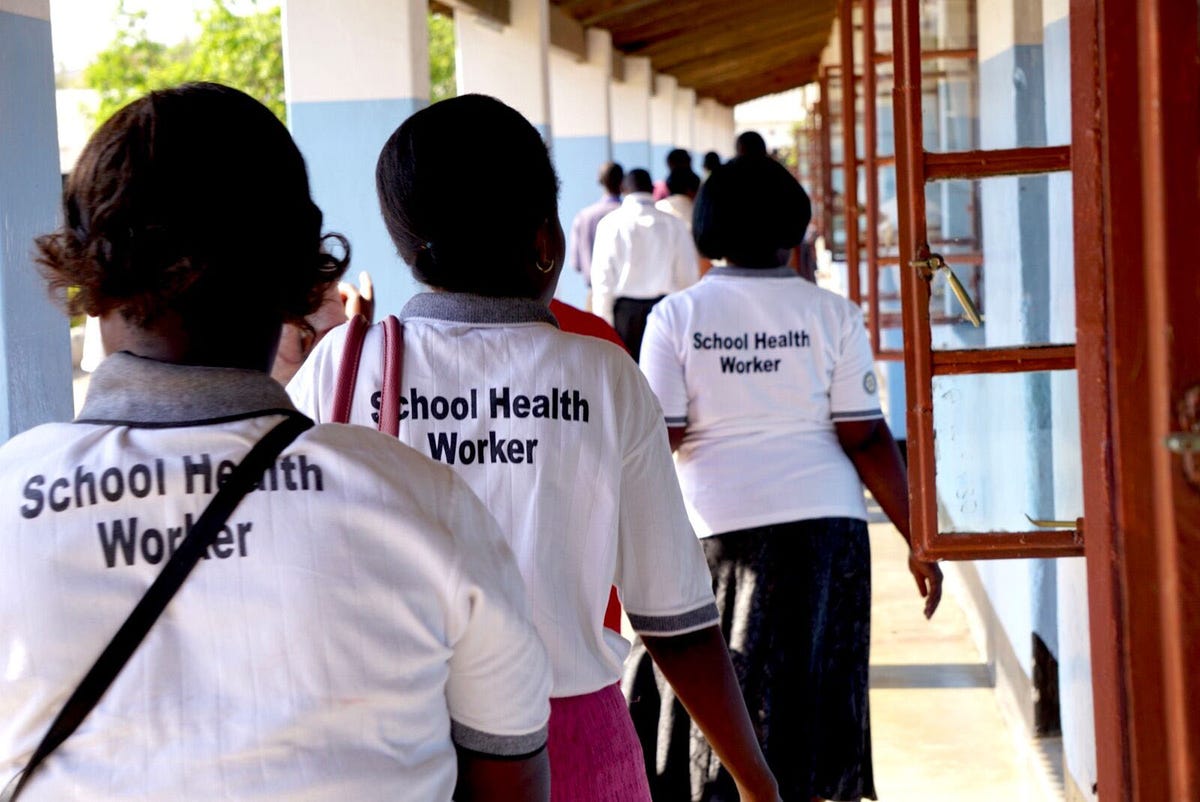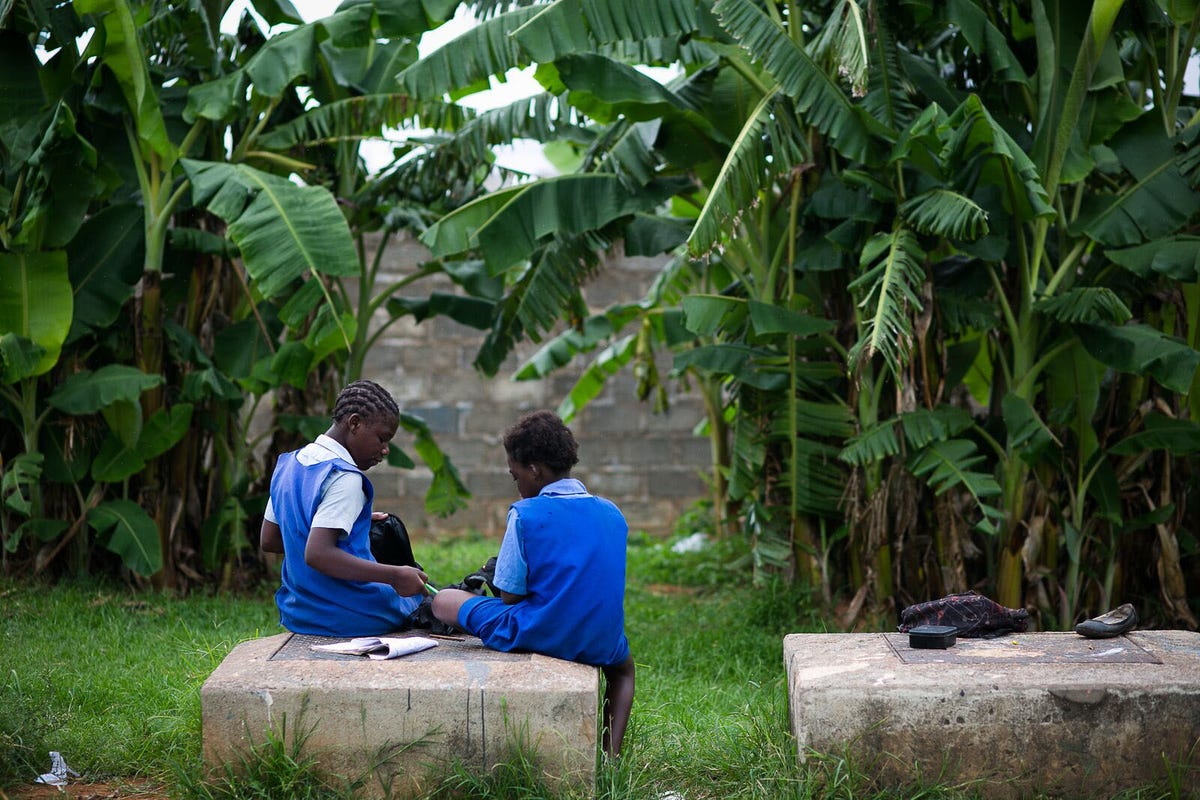2019-2025
Keeping students healthy
© Healthy Learners

2019-2025
Healthy learners
Healthy Learners is committed to improving the health of children over five years old through a school-based community health programme. It trains teachers as community health workers and links schools with the healthcare system. Working in Zambia, Healthy Learners has trained over 800 school health teachers. These teachers currently serve 250,000 primary school students in Lusaka and the Copperbelt provinces. The organisation aims to scale nationally, serving over 1 million students in the country by 2025 and making Zambia a model of how governments throughout the region can improve the health of school-age children.
CHALLENGE
© Healthy Learners
ACTION
Healthy Learners trains and equips teachers to become school health workers. These teachers monitor students’ health, assess children who are unwell, treat mild conditions and refer children with more serious issues, as well as girls in need of sexual and reproductive care, to health facilities. This ensures that sick children are identified and treated quickly, reducing the duration of their absence from school.
Healthy Learners also works with school administrators and local government to establish health rooms at schools, where students who are not feeling well can be assessed by school health workers.
Healthy Learners is working with the Zambian government’s Ministries of Health and Education to scale this model as a national school health programme.
Reduction in student morbidity
Increase in vitamin A levels
and deworming coverage
INCREASE IN STUDENTS HEALTH KNOWLEDGE







